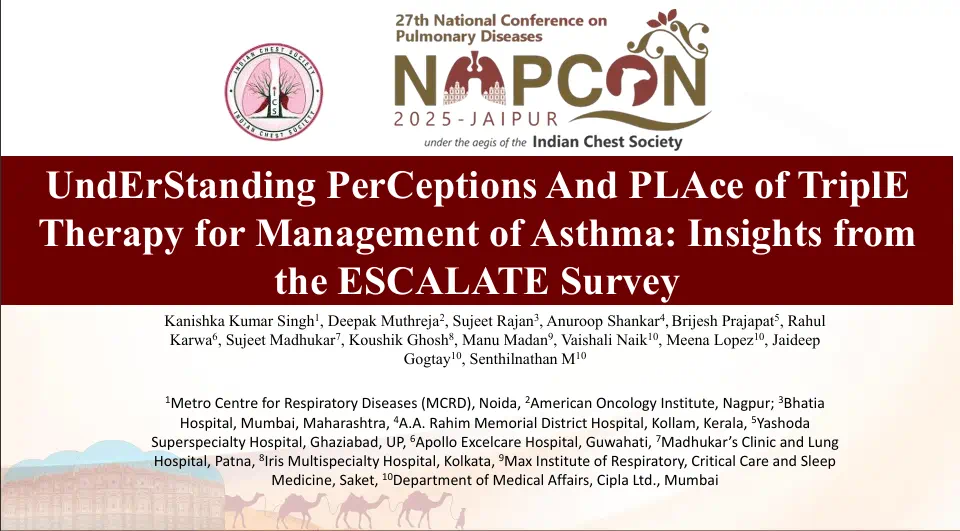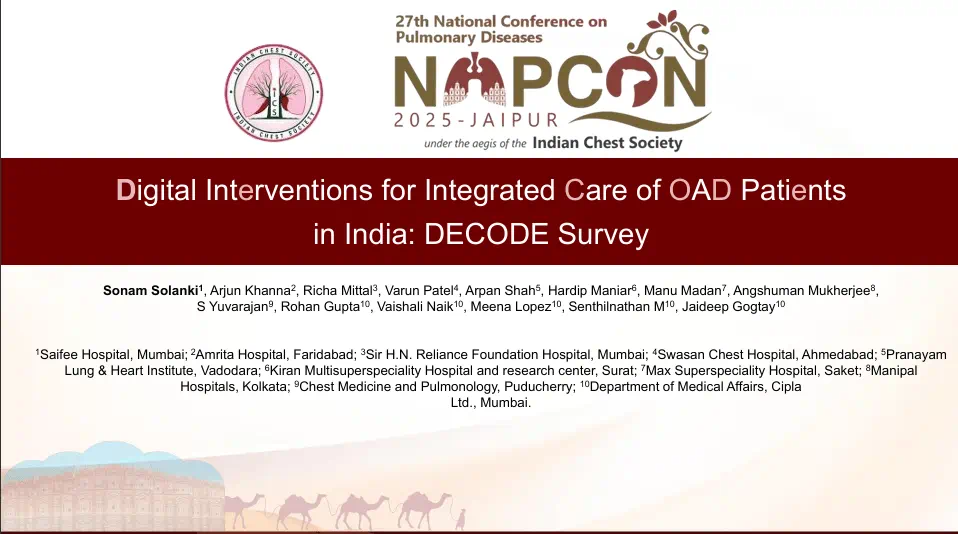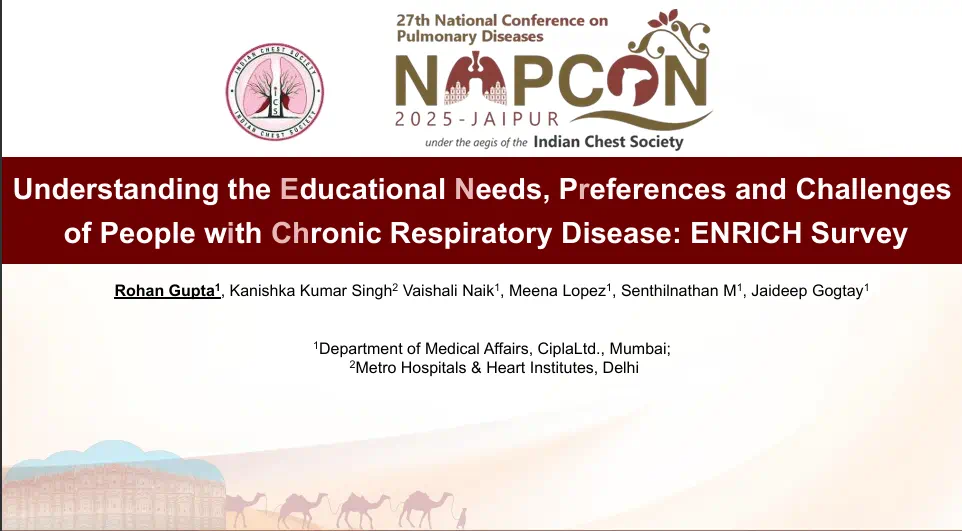Dry Eye Disease among Diabetes Patients- Correlating the Clinical and Cytological Parameters
16 Jun, 20
Background
The prevalence of dry eye disease is on a constant rise world-wide, and so is of diabetes. Moreover, the latter is a strong risk factor for the former. Studies have demonstrated that conjunctival impression cytology [(CIC), a non-invasive method of harvesting superficial cells from the conjunctival epithelium) correlates with dry eye symptoms. Studies have also reported abnormal conjunctival cytology among diabetes patients without other features of dry eye.
Aim
To correlate the clinico-cytological features of dry eyes among patients with diabetes mellitus
Study Subject Profile
- Diabetes patients taking treatment at the Lagos University Teaching Hospital, Lagos, Nigeria [Fasting blood glucose (FBG) ≥126 mg/dl; HbA1c >6.5%; n=104]
- Age-/gender-matched non-diabetics (FBG, 65-100 mg/dl; n=104)
Methods
Study Design
- An observational, cross-sectional, comparative study
Assessments
- Ocular Surface Disease Index (OSDI) questionnaire was used for subjective assessment of dry eye.
- All participants underwent ocular examination and dry eye assessment including Schirmer I test, tear film break-up time (TBUT) and ocular surface staining.
- Conjunctival impression cytology samples were taken for histological assessment.
- Corneal sensitivity was assessed using Cochet–Bonnet aesthesiometer
Outcomes
- Ocular damage among diabetes patients as characterized by CIC and other ocular tests
Results
- The mean age of the study population was 58.5 years for diabetes patients and 58.32 years for the control group. The male/female ratio for the study population was 1:1.4.
- Overall, 397 (199 diabetic and 198 non-diabetic) eyes were assessed.
- Diabetes patients had a significantly higher median OSDI score and ocular surface staining grade as compared with non-diabetics (p = 0.002 and 0.005, respectively). Although the TBUT was slightly lower and Schirmer test was slightly higher among diabetes patients vs. non-diabetics, the difference was not significant (p = 0.058 and 0.033, respectively).
- A substantially greater proportion of diabetes patients rather than non-diabetics had abnormal CIC grading (p<0.001).
- Conjunctival cytology had a positive correlation with ocular surface staining (r = 0.50, p<0.01), and weak negative correlation with TBUT and Schirmer test.
Conclusion
- Diabetes patients had worse ocular surface staining and abnormal CIC as compared with non-diabetics, indicating worse ocular surface damage.
- Conjuntival impression cytology correlated positively with ocular surface staining.
- Diabetes patients are at increased risk of ocular surface damage which may be independent of other tear film abnormalities. Hence, dry eye assessment should be incorporated in routine diabetic eye screening.
- Diabetes patients with dry eye disease should be encouraged to use preservative-free lubricants and therapeutic measures that would promote ocular surface health.
Int Ophthalmol. Apr 23, 2020 (Published Online); DOI: 10.1007/s10792-020-01382-9.
Related Topics









